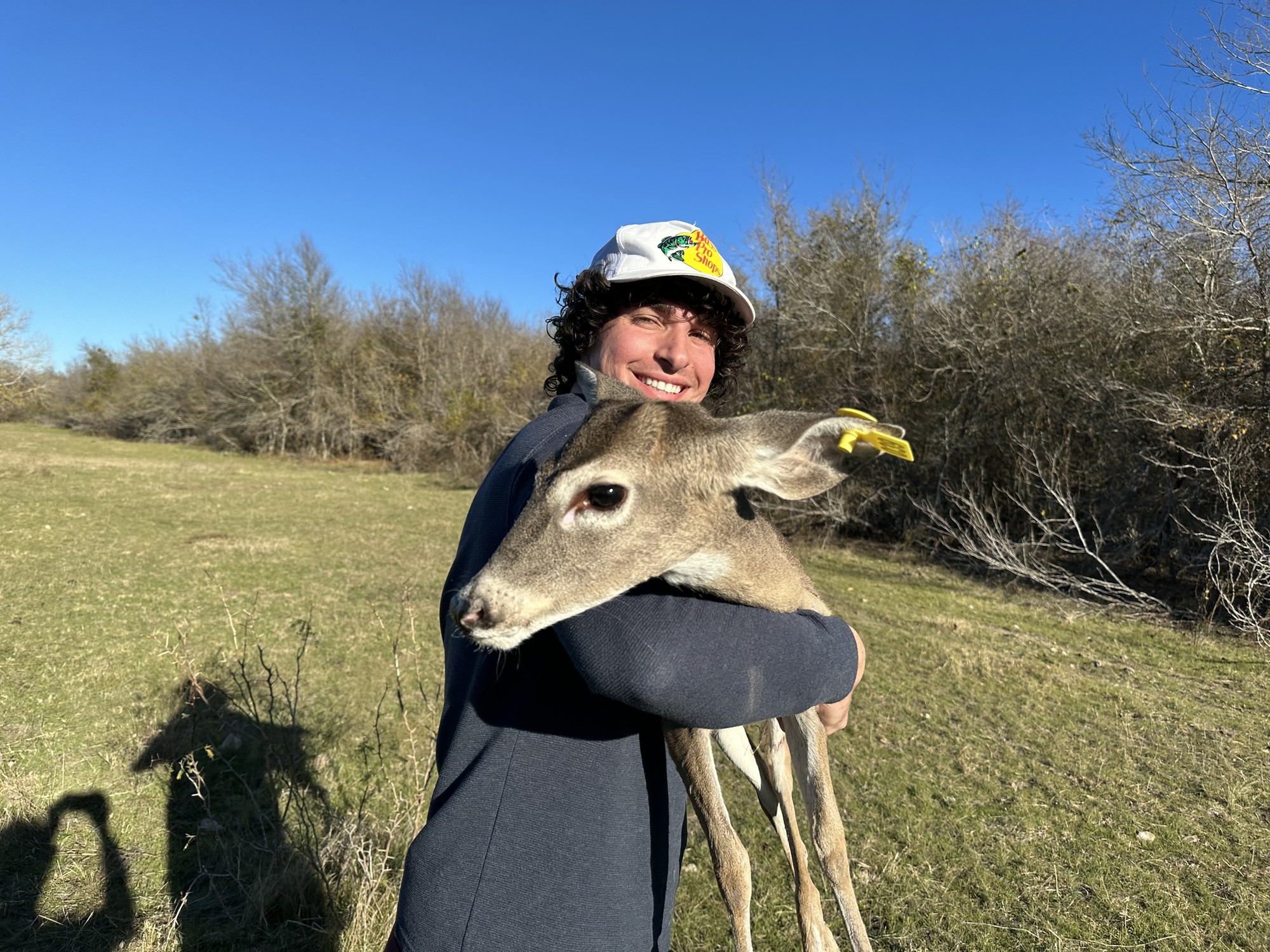The Duty of Burlington Wildlife Rescue in Supporting Endangered Variety
The Duty of Burlington Wildlife Rescue in Supporting Endangered Variety
Blog Article
Reliable Wildlife Removal Strategies for a Peaceful Home Environment
In the search of preserving a tranquil space, homeowners typically deal with the obstacle of wildlife breaches, which can interfere with the tranquility of their atmosphere. Executing efficient wild animals removal techniques calls for a nuanced understanding of both gentle exemption techniques and preventative procedures. By addressing entrance points and minimizing attractants, one can substantially lessen the likelihood of uninvited guests. The complexity of these techniques usually requires a better exam of specific techniques and the prospective demand for specialist treatment. What are the crucial elements of these techniques, and when should one think about looking for professional aid?
Identifying Common Wild Animals Intruders
Recognizing usual wild animals burglars is a vital initial step in efficient wild animals monitoring. Recognizing the details species that often penetrate business and domestic areas enables home owners and wildlife specialists to execute targeted strategies for alleviating prospective damage and health and wellness dangers. Usual burglars typically include raccoons, squirrels, bats, and different varieties of rats and birds, each bringing one-of-a-kind challenges.
Bats, while helpful for managing insect populations, can become a problem when they roost in attic rooms, possibly spreading diseases such as histoplasmosis. Birds, including sparrows and pigeons, commonly develop unhygienic problems with their droppings, leading to structural degradation and health and wellness concerns - wildlife rescue burlington.
Humane Exclusion Strategies
Understanding the common wild animals intruders is the foundation upon which effective exclusion methods are developed. Identifying types such as raccoons, birds, and squirrels aids in creating gentle exclusion techniques tailored to particular behaviors and entry methods. Exclusion is a preventative strategy focused on rejecting wildlife access to buildings and homes, thus decreasing the demand for even more intrusive measures.
The foundation of humane exclusion involves sealing potential access factors. This consists of fixing openings in walls, roofings, and foundations, along with mounting smokeshaft caps and vent covers. For smaller sized invaders like bats and mice, making use of products such as steel woollen and caulk to seal gaps is necessary. In addition, making certain that doors and windows are safe and secure, which displays are intact, can even more deter access.
Mounting motion-activated lights or ultrasonic devices can discourage nighttime wildlife. These exclusion approaches not only secure the home environment yet likewise value the wildlife, allowing them to thrive in their all-natural environments without damage.
Safe Capturing Techniques
When exemption strategies want, risk-free capturing approaches become a needed choice in wildlife administration. Trapping, when carried out correctly, supplies a humane and reliable methods of attending to an instant wild animals issue while ensuring very little anxiety and harm to the animal. This technique calls for an understanding of both the behavior of the target types and the honest considerations associated with wild animals handling.
These traps need to be examined regularly to prevent excessive her explanation stress and anxiety or injury to the captured wild animals. It is important to follow local guidelines pertaining to trapping and moving to make sure conformity with legal requirements and wild animals preservation principles.
Furthermore, lure option and placement are vital components in guaranteeing effective trapping. Bait ought to be selected based upon the dietary preferences of the target varieties and purposefully placed to lure the pet right into the trap. Once caught, the pet ought to be taken care of with treatment, utilizing protective equipment if required, to assist in risk-free transport and launch, consequently keeping a relaxed home and a well balanced community environment.
Preventive Home Modifications
While safe trapping approaches address immediate wildlife issues, long-lasting options typically involve preventative home alterations to hinder pets from going into human areas. Applying these alterations not only boosts the safety and security and comfort of your living environment yet also lowers the possibility of future wild animals invasions.
An essential element of preventative techniques is sealing prospective entry points. This includes inspecting and repairing any type of voids or splits in the foundation, walls, and roof, as these can end up being accessibility courses for wild animals.
Landscape design modifications can likewise offer as efficient deterrents. Trimming tree branches why not try these out that overhang the roofing and eliminating debris piles can eliminate courses and habitats that draw in wild animals. Preserving a clean backyard by securing garbage can and compost piles dissuades scavengers such as raccoons and marsupials.

When to Call Professionals,##.
Expert intervention becomes critical in situations where wild animals concerns go beyond the extent of DIY solutions. House owners might experience scenarios where the intricacy or risk of the wildlife trouble necessitates professional knowledge. For example, handling aggressive animals such as raccoons, snakes, or bats frequently requires specific abilities and tools to make certain safety and efficiency. Attempting to take care of these creatures without correct expertise can result in injury or exacerbate the concern.
Furthermore, problems including secured or threatened types need a nuanced strategy to follow legal policies. Professionals are outfitted with the essential authorizations and comprehend the legal frameworks controling the handling of such species. This makes certain that elimination is performed ethically and within lawful limits.

Lastly, when wild animals poses a persistent issue in spite of repeated DIY efforts, expert solutions can use comprehensive anonymous assessment and lasting services customized to avoid reoccurrence - burlington animal control. Their expertise not only deals with the immediate problem yet additionally safeguards the home setting in the future
Conclusion
Carrying out efficient wild animals elimination methods is essential for maintaining a calm home setting. Together, these methods create an unified living room cost-free from wild animals disruptions.

These exclusion approaches not only protect the home setting yet likewise value the wild animals, permitting them to thrive in their all-natural habitats without injury.
Implementing effective wild animals elimination techniques is essential for preserving a relaxed home atmosphere.
Report this page